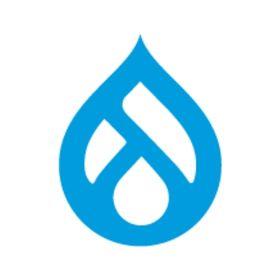What does Content callback do?
This module allows you to return any renderable array, created in code, via a field.
For drupal 7 you need to register a content callback via hook_content_callback_info() it will be available in the Content callback field options.
The drupal 8 version is rewritten based on the plugin api. Examples can be found in the example module packed with the drupal 8 version. The drupal 8 version also contain some new stuff such as configuration options for the content callback and an integration with block plugins.
Why would you use Content callback?
We started using this in every project. You have the freedom to create anything you want in code. Via this module, this content can be displayed in the context of an entity. So? This way you have all the extra's an entity provides. For example an alias, menu item, meta tags, searchable!!,..
Views display
This module contains an extra module with a custom views display. Just create a Content callback display and it will be available via the Content callback field. Guess what, the view will become searchable. Big awesomeness!!
Context plugin
This module provides a context condition. If a certain callback is executed the condition will be fulfilled. This is not yet implemented in the drupal 8 version as context isn't ported yet.
 Still on Drupal 7? Security support for Drupal 7 ended on 5 January 2025. Please visit our Drupal 7 End of Life resources page to review all of your options.
Still on Drupal 7? Security support for Drupal 7 ended on 5 January 2025. Please visit our Drupal 7 End of Life resources page to review all of your options.